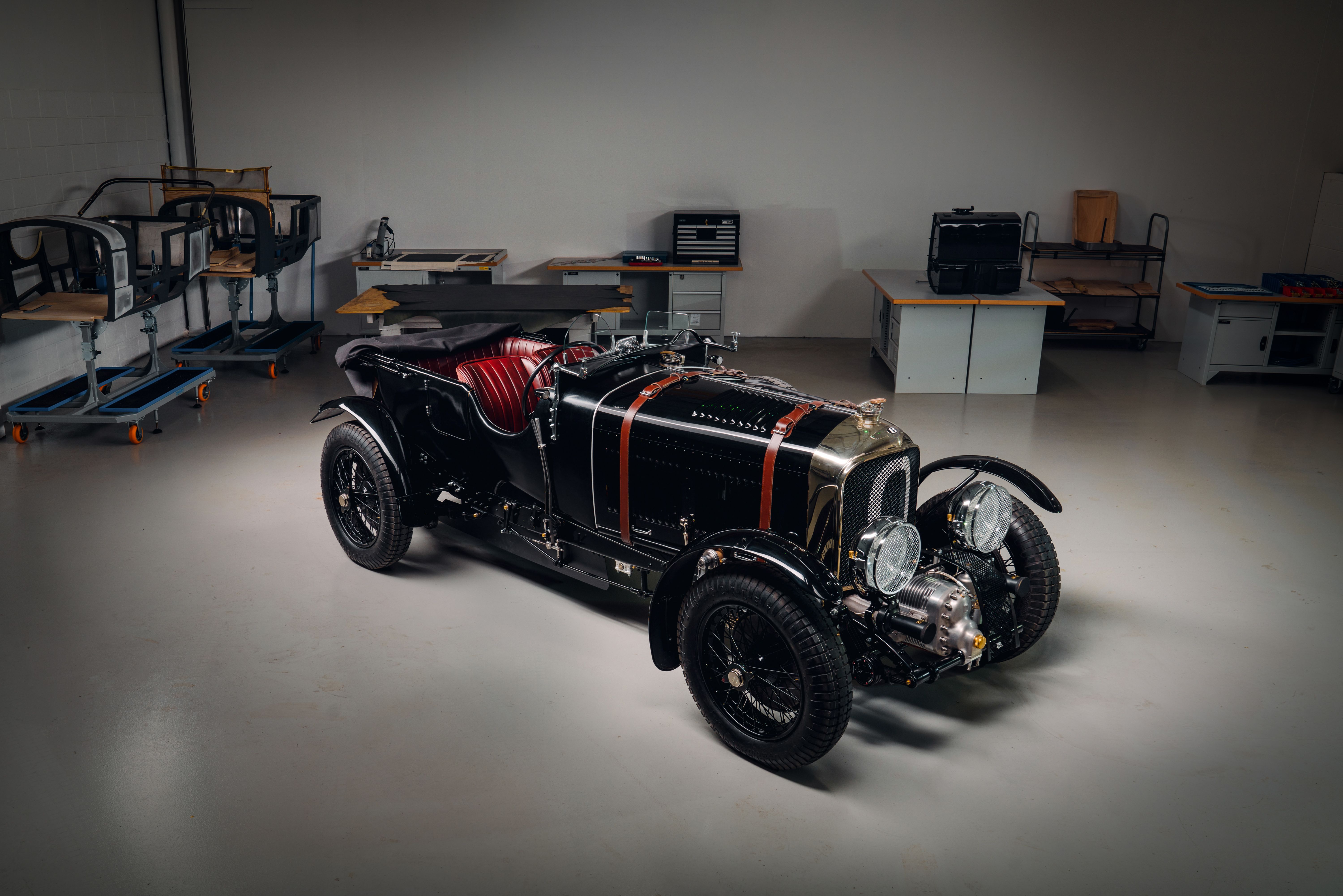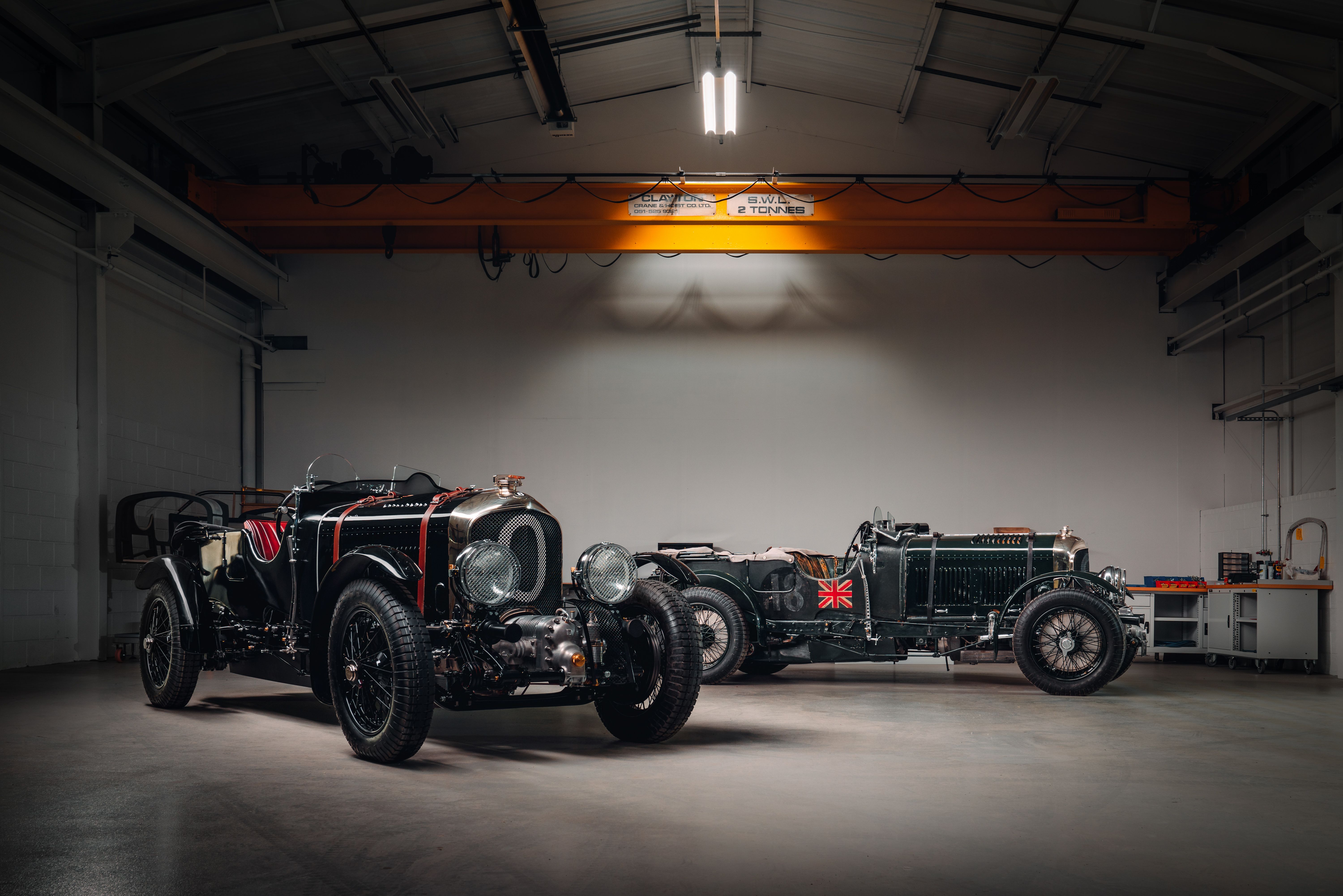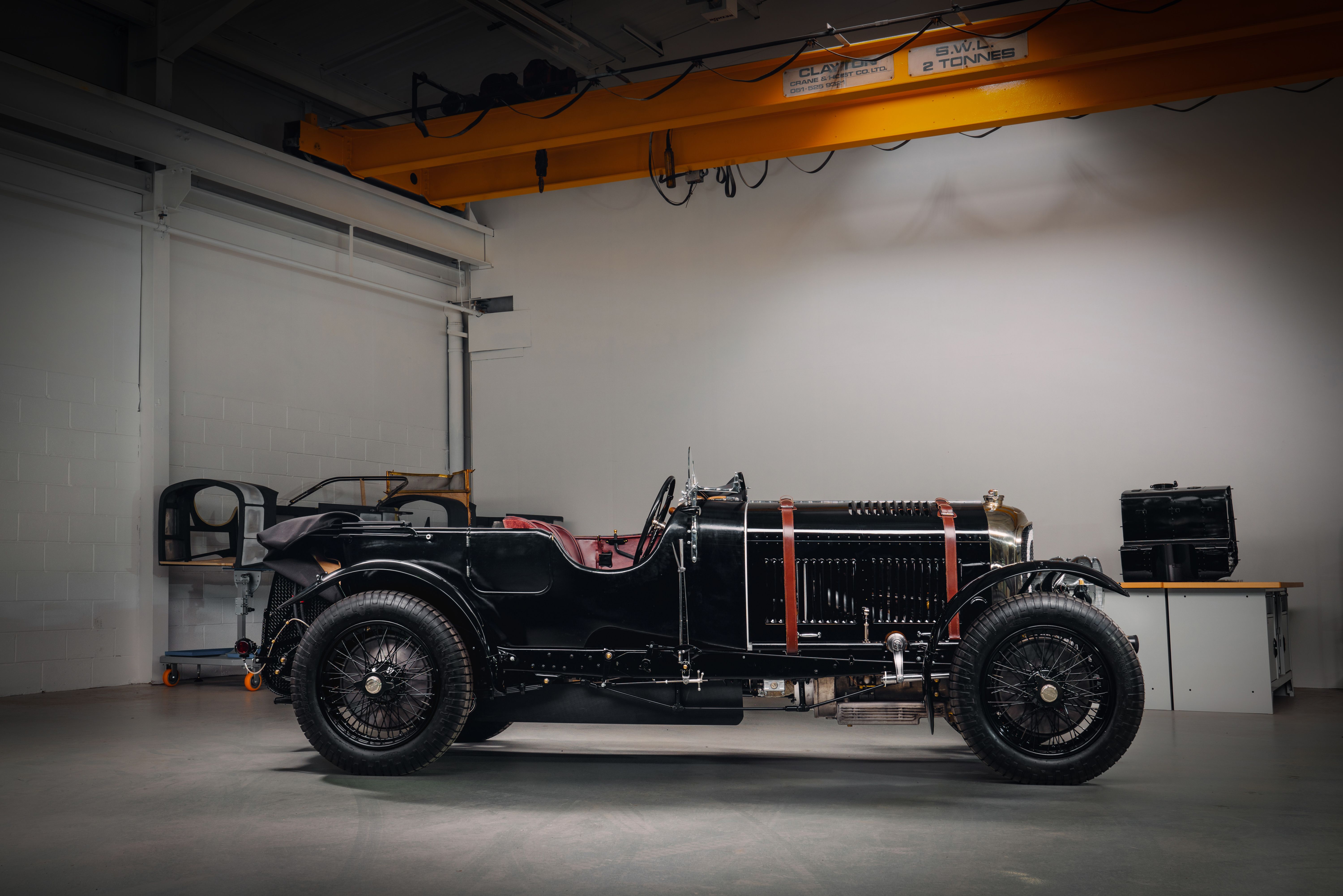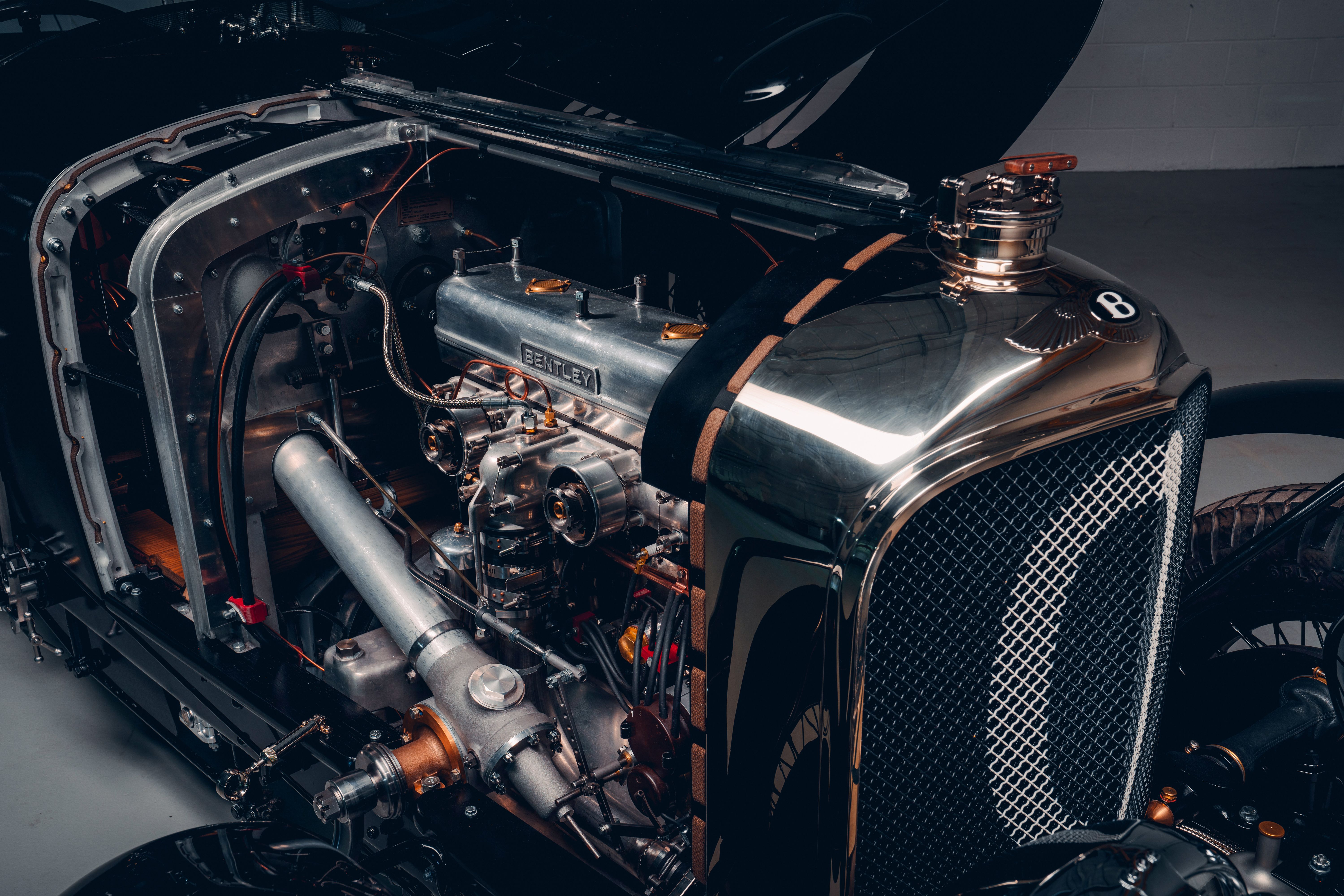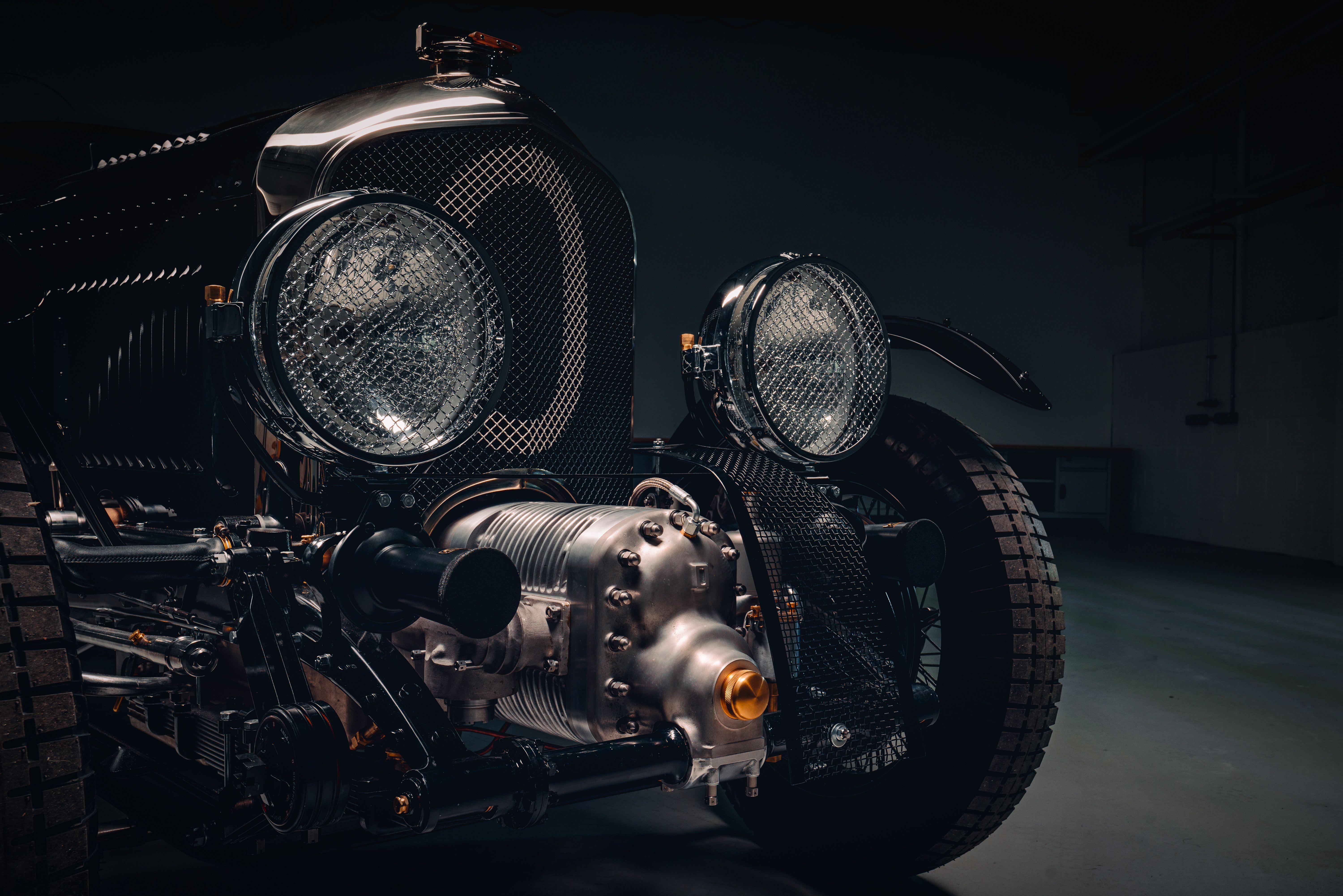The Bentley Blower, one of the company's most iconic cars, is coming back to life through the Blower Continuation Series. The British company just finished Car Zero, the prototype that will serve as a base for 12 production models.
Car Zero is the first Blower in 90 years. Built in 55 units in 1929 and 1930, the original Bentley Blower was essentially a race-spec, supercharged version of the Bentley 4 1/2 Litre model. And the continuation version will retain all the feats that made the Blower a legend.
Bentley disassembled an original Blower to build Car Zero
The Blower Continuation Series is an authentic Blower built in the 21st century, so the British company took all necessary measures to make an identical car 90 years later.
One of the original four Blowers built and raced by Sir Henry Birkin, this is by far the most valuable Blower out there.
Bentley laser-scanned every component and designed and hand-crafted more than 1,800 parts, including 230 assemblies, for Car Zero. To manufacture all components, Bentley recruited a team of artisan specialists, so the process is pretty much similar to the original one. Of course, some of the manufacturing was sourced outside the British firm.
The chassis was made from heavy-gauge steel, hand-formed and hot riveted by Israel Newton & Sons. Based near Derby, England, this company has been making boilers for steam locomotives and traction engines for 200 years, so the metal was forged and shaped in a traditional way. The radiator shell and the fuel tank was formed in copper by The Vintage Car Radiator Company, considered market leaders in the manufacture and restoration of vintage car radiators and components.
The mission to create the leaf springs and shackles to original specifications went to Jones Springs Ltd, while the headlamps have been built by Vintage Headlamp Restoration International. The ash frame was sourced from Lomax Coachbuilders and refined by the Mulliner division. Bentley's team of experts will also bring together all components to build the production models.
Bentley refined the iconic 4.4-liter engine
Not only it had fewer cylinders than many similar vehicles back in the day, but it was also quite large for a four-banger. Bentley will retain the layout of the Continuation Series, including the magnesium crankcase, aluminum pistons, and the overhead camshaft. However, Bentley also commissioned a newly machined Amherst Villiers supercharger. The British company also had to convert an engine testbed to accept the nearly 100-year-old engine. There's no word as to how much power the 4.4-liter generates, but Bentley could opt for a rating similar to the original race car, which came with 240 horsepower on tap.
The Bentley Blower Car Zero is authentic yet uncommon
Car Zero is as authentic as they get, down to the last bolt. It features all of the Blowers iconic elements, such as the tall, shiny grille, the big headlamps, the leather straps around the engine hood, the massive steering wheel, the cluttered dashboard, and the leather interior. But unlike its original ancestor, it's been painted gloss black, an uncommon color in the 1920s.
The radiator sports the number zero to mark the prototype status of this vehicle. The interior is finished in Oxblood Red for a strong contrast with the body, but the leather was weathered to look a bit more authentic.
The prototype will be put through a thorough real-world durability testing program. The test is designed to achieve the equivalent of 35,000 km (21,750 miles) of real-world driving and simulates the conditions of famous classic rallies such as Peking to Paris and Mille Miglia. Bentley also wants to test the Blower's top speed, probably hoping to match the original car's record of 138 mph.
Bentley Blower history
The Bentley Blower is a supercharged version of the 4 1/2 Litre, a grand tourer that the British company built from 1927 to 1931. Available in various body styles from a several coachbuilders, as was traditional back in the day, the 4 1/2 was also converted to race specification by enthusiasts. Sir Henry Tim Birkin, one of the greatest drivers of the era, also took the 4 1/2 Litre racing, but he did not agree with Bentley's assertion that increasing displacement was better than using forced induction. Birkin took matters into his own hands and, with help from a former Bentley mechanic, produced a supercharged version of the 4 1/2 Litre. The Blower was unveiled in 1929 and approved for production by Bentley and sponsored by wealthy horse racing enthusiast Dorothy Paget.
Birkin commissioned 55 cars, which was the minimum to comply with 24 Hours of Le Mans regulations, but only a few were designed as full-fledged race car in the body configuration we all know and adore. While the touring model was rated at 175 horsepower, the race-spec Bentley came with 240 horses on tap.
Birkin took three Blowers to Le Mans in 1930 in an attempt to match the success of the 3 Litre SS, 4 1/2 Litre, and Speed Six models that had won the race from 1927 to 1929. Sadly, the Blower's engine proved unreliable and both of the cars that were eventually entered had to retire after 20 and 21 hours, respectively. The race was eventually won by Bentley with the Speed Six, powered by the larger 6.6-liter inline-six. Although he failed to finish at Le Mans, Birkin scored second place at the 1930 French Grand Prix with the Blower. A modified single-seater version of the Blower, known as the Blower No.1, set a top speed record of 138 mph on the Brooklands track.
The Bentley Blower is now a million-dollar car, but individual value depends to specification and whether or not it has been raced. Road-going Blowers have changed hands for $3 to $5 million in the past, but race-spec models are worth north of $10 million.

